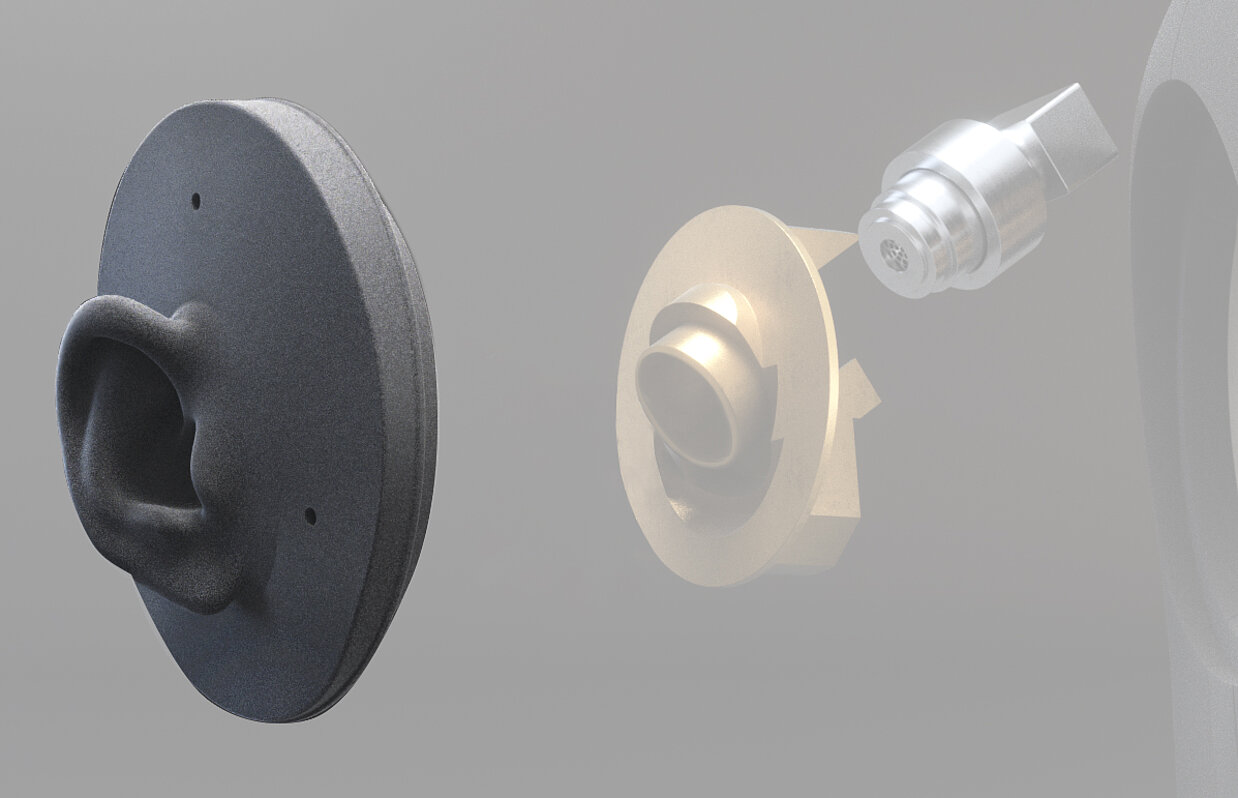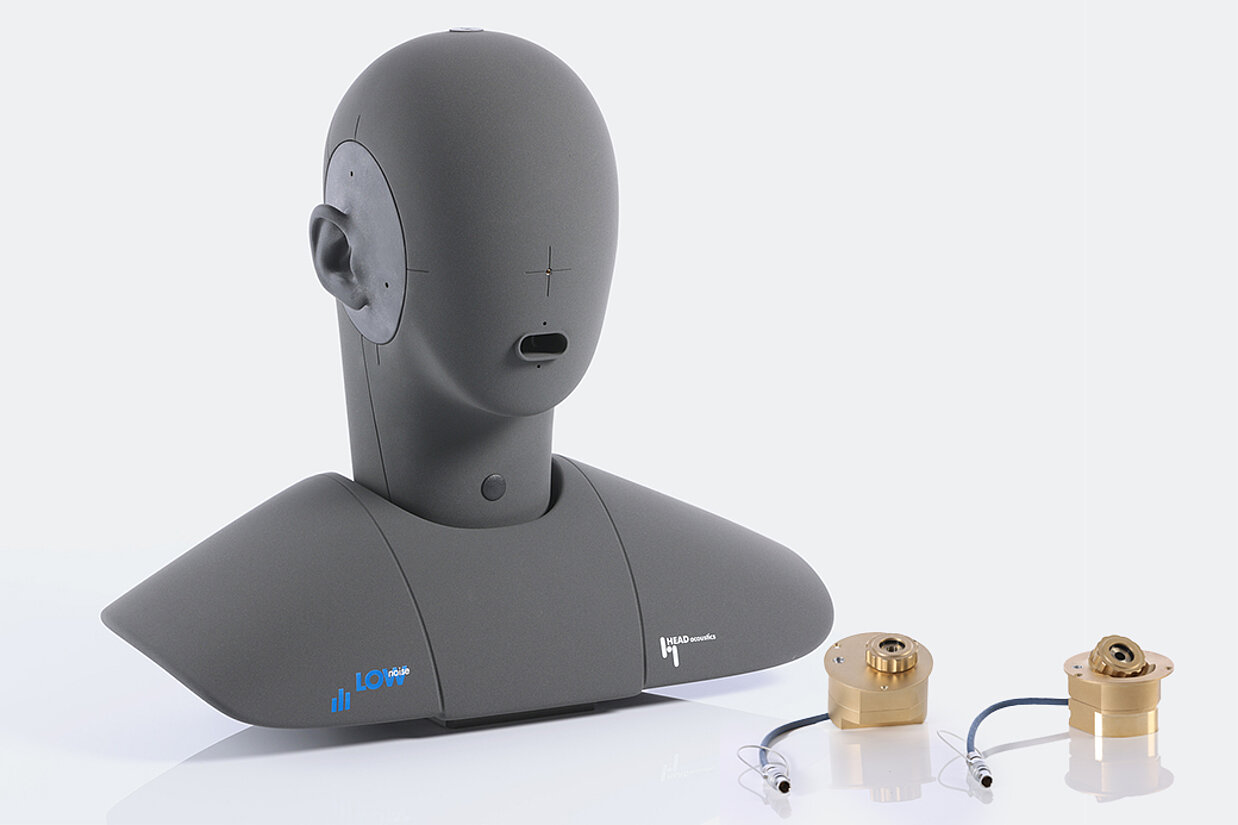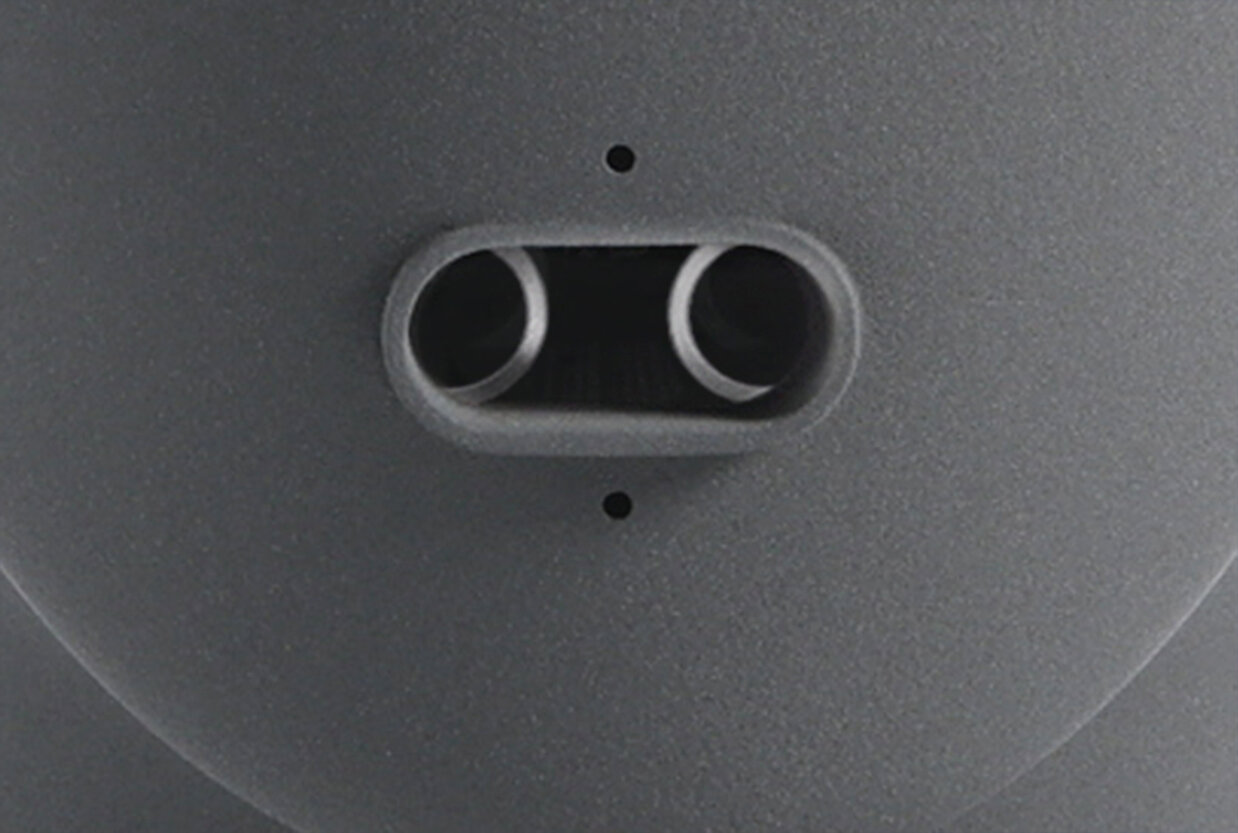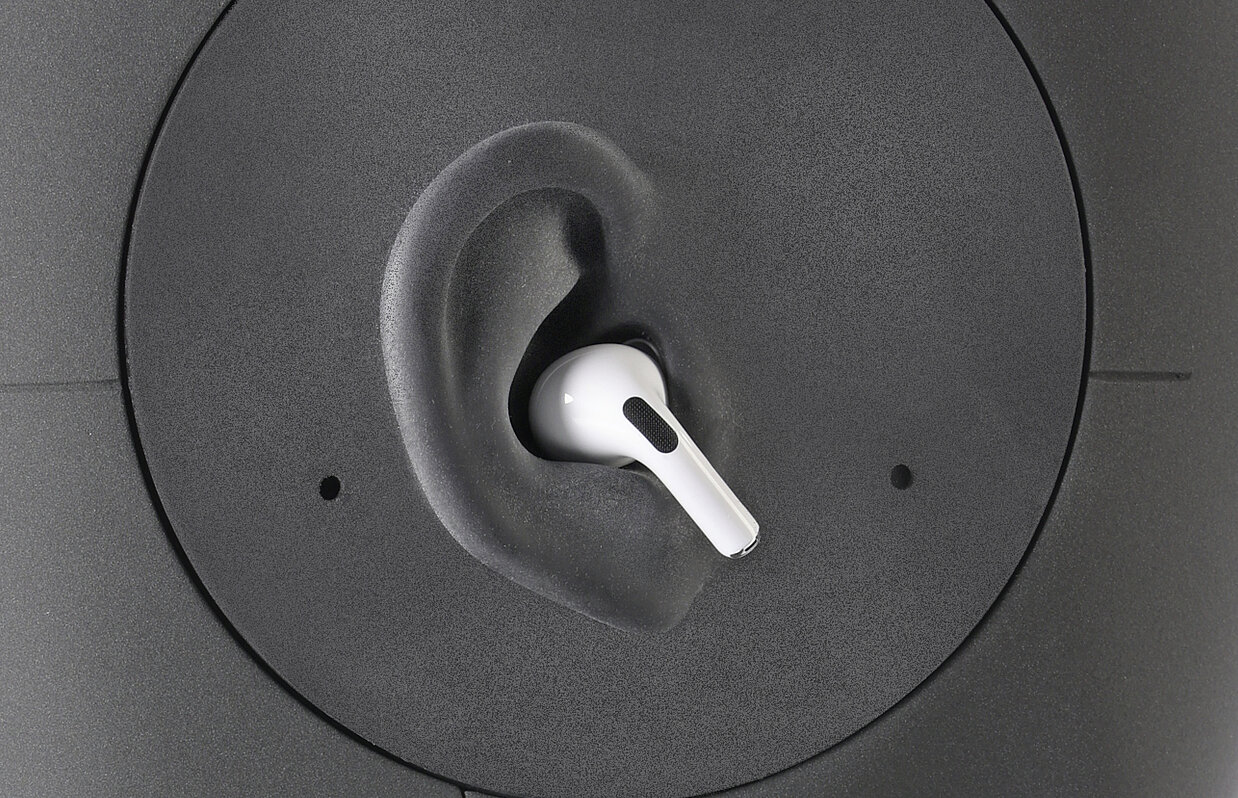THE ONE FOR ALL
A new era of communication and audio quality measurements has begun.
With the new generation of artificial heads, we are able to achieve a new level of realism, precision and flexibility. Our modular concept offers enormous variability for the most diverse of applications in the field of acoustic measurement technology – standardized in new Recommendations ITU-T P.57 and P.58.
Outstanding realism
The new HEC artificial ear realistically reproduces the acoustically relevant structures of the pinna and ear canal up to the reference level. The ear simulator correctly simulates the impedance of the average human ear. The representable dynamic range with low inherent noise level (16 dBSPL(A)) extends from below the auditory threshold up to a maximum sound power (148 dBSPL) above the pain threshold of human hearing. Now standardized in Recommendation ITU-T P.57 as Type 4.4 artificial ear and fulfilling the low noise requirements in new chapter 7 of P.57.
Modular concept
Maximum flexibility due to easy exchange of the artificial ears for all possible measurement scenarios: Select between low-noise with realistic ear- and impedance simulation, low-noise or standard-compliant ITU-T 3.3 or 3.4 artificial ear. Depending on your measurement task you are able to select just one ear for monaural or two ears for binaural measurements.
Full-band playback
The artificial mouth with its two-way speaker is designed for high-quality measurements in full-band applications. It reproduces the entire spectrum of the human voice with the lowest possible distortion. The transmission range is between 50 Hz and 20 kHz. The acoustic properties of the two-way mouth exceed the requirements of international recommendation ITU-T P.58.
Special features
- Anatomical pinna shape, ideal for measurements of in-ear headphones
- Faster and more accurate mouth calibration
- Transducer Electronic Data Sheet (TEDS) allows easy readout of impedance simulator calibration data
- Motorized handset positioner (HHP IV) for automated and reproducible simulation of complex user behavior
- Artificial nose that can be used, for example, for measurements of augmented reality glasses and virtual reality headsets





